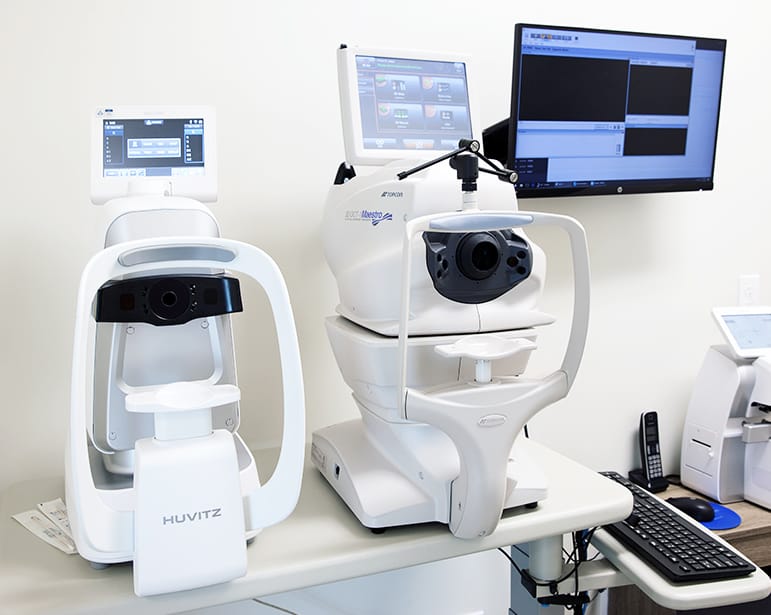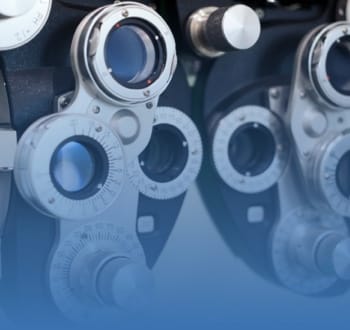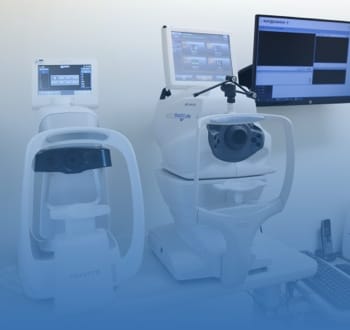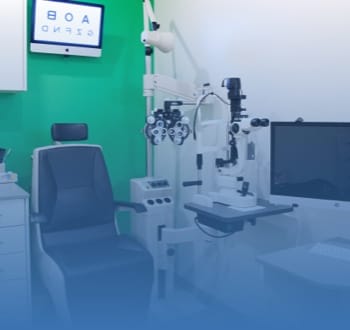Eye Health is Our Top Priority
Many eye diseases progress slowly over time, presenting with few or no symptoms in the earliest stages of their development. Without a comprehensive eye exam, diseases may remain undetected and untreated, progressing to the point of irreversible vision loss. As such, eye exams are a vital part of preventative overall healthcare.
Eye diseases can occur at any age and in people with perfect vision, making it all the more important for those without any vision issues to maintain a schedule of regular, comprehensive eye exams.
At Sun Valley Eye Care, our eye exams are detailed and include thorough testing for signs of eye disease. Our professional, knowledgeable optometrists are well-versed in eye disease diagnosis and management.
Common Eye Diseases

There are many eye conditions and diseases that can affect the health of the eye. Some common eye diseases and conditions include glaucoma, age-related macular degeneration, cataracts, and diabetic retinopathy.
This list is not exhaustive and our optometrists are familiar with a broad range of conditions and diseases.



Glaucoma
Glaucoma is a degenerative eye disease that damages the optic nerve. The optic nerve carries visual information from the eyes to the brain. Damage in this area can lead to irreversible vision loss and blindness.
There are several types of glaucoma, many of which are characterized by elevated internal eye pressure (intraocular pressure or IOP) that occurs when fluid in the eye (the aqueous humour) cannot drain properly.
Testing for glaucoma usually involves measuring IOP. At Sun Valley Eye Care, we have invested in advanced diagnostic equipment. We use the Icare Tonometer as well as the Goldmann Tonometer to assess the internal pressure of the eye. We will also perform a visual field test. Loss of peripheral vision is often an early sign of glaucoma, and a visual field test can help to determine if your peripheral vision has been damaged.
Those with high IOP may not have glaucoma, but it is important to monitor this pressure and any changes. There are also types of glaucoma, known as normal-tension glaucoma, which can develop even though IOP remains within normal range.
Cataracts
Cataracts occur when the eye’s crystalline lens clouds and becomes opaque and rigid. While often part of the natural aging process, cataracts can and do develop in people of all ages.
Some cataracts, particularly early in their development, can be managed through corrective lenses or improved lighting. When they begin to worsen and vision is impaired even with corrective lenses, cataract surgery may be required.
Cataract surgery is common, safe, and effective.
Age-Related Macular Degeneration
Age-related macular degeneration (AMD) causes the slow breakdown of the macula. Responsible for the central vision, the health of the macula is imperative for close-up tasks such as reading, writing, and even the recognition of faces.
AMD often progresses without symptoms or pain, but as it develops, it can make straight lines appear wavy or cause a blurring effect in the central vision. These visual impairments cannot be alleviated through the use of corrective lenses.
Protecting your eyes from UV light, eating well, and staying active can assist in the prevention of AMD.
Diabetic Retinopathy
Those with diabetes are at an increased risk of developing an eye disease known as diabetic retinopathy.
Diabetic retinopathy occurs when the tiny blood vessels that supply the retina are damaged by high blood sugar levels. Damaged blood vessels can swell, bulge, break, and leak blood or fluid into the eye, causing scarring, increased IOP, and impaired vision.
Diabetic retinopathy can also lead to a complication known as macular edema. Macular edema occurs when leaking fluid collects under the macula, causing it to swell. This impairs vision.
We test for diabetic retinopathy and macular edema using Optos imaging with autofluorescence, fundus photography, optical coherence tomography, and macular assessments. These essential and noninvasive diagnostic tests allow us the best chance of detecting diabetic eye diseases early, when they are most manageable and have not yet caused extensive vision loss.

Visit Sun Valley Eye Care
Your eye health is our top priority. As such, we have invested in industry-leading diagnostic technology to detect and diagnose eye diseases in their infancy.
If you have questions about how we diagnose and manage eye diseases, please do not hesitate to contact us.
Visit Us Today

You can easily find our practice in the same building as the South Calgary Medical Clinic. Validated, accessible parking is available in front and beside the building.
Our Address
- 105-40 Sunpark Plaza SE
- Calgary, AB T2X 3X7
Contact Us
- Phone: 403-452-3443
- Email: [email protected]
Clinic Hours
- Monday: 9:00 AM – 7:00 PM
- Tuesday: 9:00 AM – 5:00 PM
- Wednesday: 9:00 AM – 5:00 PM
- Thursday: 9:00 AM – 7:00 PM
- Friday: 9:00 AM – 5:00 PM
- Saturday: Closed
- Sunday: Closed
*Closed all weekends and statutory holidays.


Our Brands













